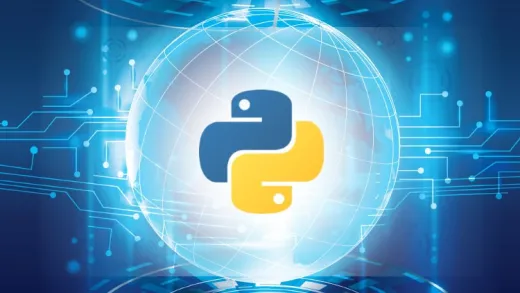About This Course
Dive deep into predictive analysis leveraging AI, covering Adaboost, Gaussian Mixture Model, and classification algo.
Welcome to the comprehensive course on Predictive Analysis and Machine Learning Techniques! In this course, you will embark on a journey through various aspects of predictive analysis, from fundamental concepts to advanced machine learning algorithms. Whether you're a beginner or an experienced data scientist, this course is designed to provide you with the knowledge and skills needed to tackle real-world predictive modeling challenges.
Through a combination of theoretical explanations, hands-on coding exercises, and practical examples, you will gain a deep understanding of predictive analysis techniques and their applications. By the end of this course, you'll be equipped with the tools to build predictive models, evaluate their performance, and extract meaningful insights from data.
Join us as we explore the fascinating world of predictive analysis and unleash the power of data to make informed decisions and drive actionable insights!
Section 1: Introduction
This section serves as an introduction to predictive analysis, starting with an overview of Java Netbeans. Students will understand the basics of predictive modeling and explore algorithms like random forest and extremely random forest, laying the groundwork for more advanced topics in subsequent sections.
Section 2: Class Imbalance and Grid Search
Here, students delve into more specialized topics within predictive analysis. They learn techniques for addressing class imbalance in datasets, a common challenge in machine learning. Additionally, they explore grid search, a method for systematically tuning hyperparameters to optimize model performance.
Section 3: Adaboost Regressor
The focus shifts to regression analysis with the Adaboost algorithm. Students understand how Adaboost works and apply it to predict traffic patterns, gaining practical experience in regression modeling.
Section 4: Detecting Patterns with Unsupervised Learning
Unsupervised learning techniques are introduced in this section. Students learn about clustering algorithms and meanshift, which are used for detecting patterns in unlabeled data. Real-world applications and implementations in Python are emphasized.
Section 5: Affinity Propagation Model
The Affinity Propagation Model is explored in detail, offering students insights into another clustering approach. Through examples and demonstrations, students understand how this model works and its strengths in clustering tasks.
Section 6: Clustering Quality
This section focuses on evaluating the quality of clustering results. Students learn various metrics and techniques to assess clustering performance, ensuring they can effectively evaluate and interpret the outcomes of clustering algorithms.
Section 7: Gaussian Mixture Model
The Gaussian Mixture Model is introduced, providing students with another perspective on clustering. They understand the underlying principles of this model and its application in practical machine learning scenarios.
Section 8: Classifiers
Students transition to classification tasks, learning about different types of classifiers such as logistic regression, naive Bayes, and support vector machines. They gain insights into how these algorithms work and practical examples using Python.
Section 9: Logic Programming
Logic programming concepts are covered in this section, offering students a different paradigm for problem-solving. They learn about parsing, analyzing family trees, and solving puzzles using logic programming techniques.
Section 10: Heuristic Search
This section explores heuristic search algorithms, focusing on their role in solving complex problems efficiently. Students learn about local search techniques, constraint satisfaction problems, and maze-building applications.
Section 11: Natural Language Processing
The course concludes with a dive into natural language processing (NLP) techniques. Students learn about tokenization, stemming, lemmatization, and named entity recognition, gaining practical skills for text analysis using the NLTK library in Python.
Advanced techniques in predictive analysis using artificial intelligence
Implementation of algorithms like Random Forest, Adaboost Regressor, and Gaussian Mixture Model
Handling class imbalance and optimizing models using Grid Search









Namrata V.
Yes it was good experience